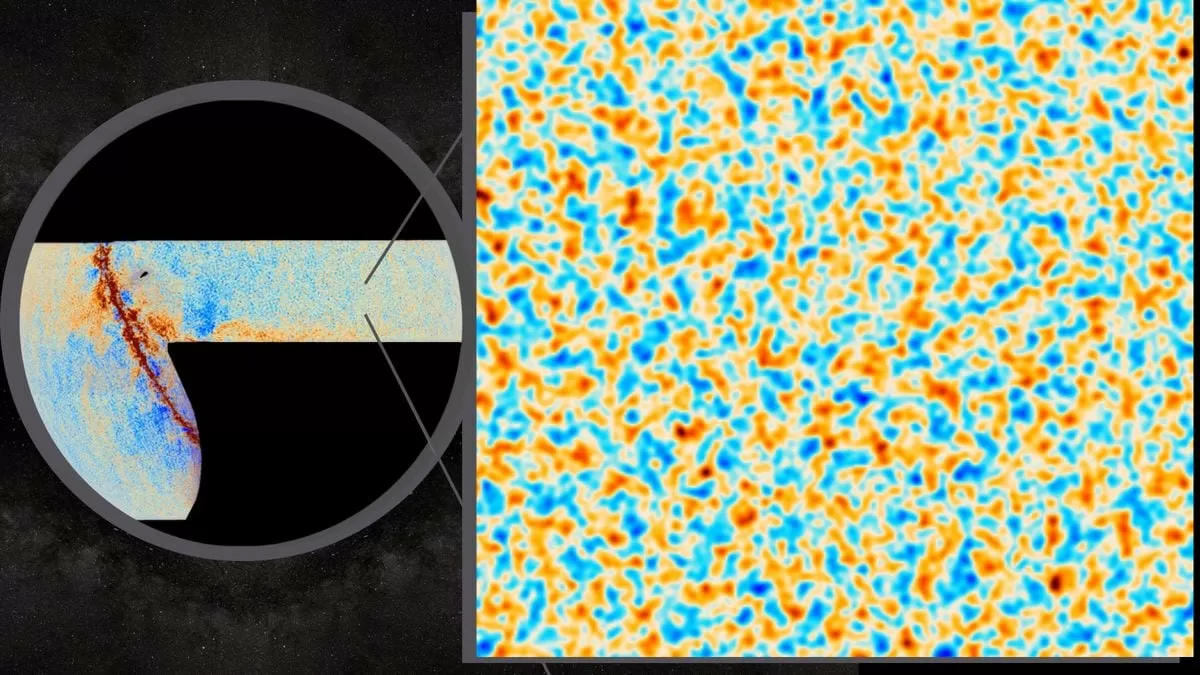New images from the decommissioned Atacama Cosmology Telescope have provided scientists with the most detailed view yet of the cosmic microwave background. This groundbreaking data has revealed early cosmic structures, tracked the movement of primordial gas, and refined estimates of the universe’s total mass. While these findings support existing models, they do not resolve the Hubble tension, leaving researchers eager to explore new avenues of discovery.
The Atacama Cosmology Telescope, located in the Atacama Desert in Chile, was in operation from 2007 to 2018. During this time, it captured images of the cosmic microwave background, which is the oldest light in the universe. This light, also known as the “afterglow” of the Big Bang, has been traveling through space for over 13 billion years, providing a glimpse into the early stages of our universe.
Thanks to the high-resolution images captured by the telescope, scientists have been able to study the cosmic microwave background in unprecedented detail. The new data has revealed intricate patterns and structures that were previously unknown, shedding light on the early stages of the universe’s evolution.
One of the most exciting discoveries from the new images is the detection of early cosmic structures. These structures, known as “baryon acoustic oscillations,” are imprints of sound waves that traveled through the universe in its infancy. By studying these structures, scientists can gain a better understanding of how matter was distributed in the early universe and how it evolved over time.
The data also offers a glimpse into the movement of primordial gas, providing valuable insights into the processes that shaped the universe. By tracking the movement of this gas, scientists can better understand how galaxies and other cosmic structures formed and evolved.
In addition to these groundbreaking discoveries, the new images have also refined estimates of the universe’s total mass. This is a crucial piece of information for scientists as it helps them to better understand the overall structure and composition of the universe.
However, while these findings are incredibly significant, they do not resolve the Hubble tension. This refers to a discrepancy between the measurements of the expansion rate of the universe, known as the Hubble constant, made by different methods. The new data from the Atacama Cosmology Telescope supports existing models, but it does not provide a definitive answer to this long-standing mystery.
As a result, researchers are now looking to the upcoming Simon’s Observatory, a new telescope currently under construction in Chile, to provide further insights into the Hubble tension. The Simon’s Observatory will have even higher resolution and sensitivity than the Atacama Cosmology Telescope, allowing scientists to study the cosmic microwave background in even greater detail.
The new images from the Atacama Cosmology Telescope have opened up a wealth of new possibilities for scientists to explore. They have provided a more detailed view of the early universe and refined our understanding of its evolution. While the Hubble tension remains a puzzle, the data has given researchers a clearer picture of the universe and has set the stage for even more groundbreaking discoveries in the future.
In conclusion, the new images from the decommissioned Atacama Cosmology Telescope have offered a fascinating glimpse into the cosmic microwave background. They have revealed early cosmic structures, tracked primordial gas movement, and refined estimates of the universe’s total mass. While the Hubble tension remains unsolved, the data has paved the way for further research and has solidified our understanding of the universe’s origins. With the upcoming Simon’s Observatory, the future of cosmology looks brighter than ever before.

